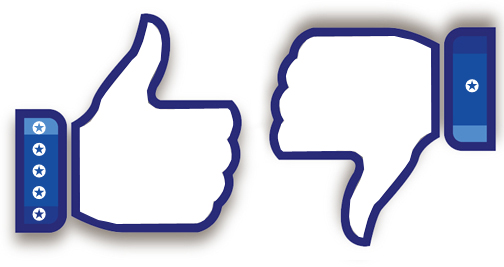 I am going to give you two scenarios. The first setting is
in a restaurant. It is a trendy national chain that’s advertising heavily to
get people into their restaurants. They have good food, are priced right, but
the service is really poor. While you are eating, you see the wait staff
hanging out together in the back of the dining room. They are into whatever
they are talking about and sharing on their phones. They are not paying any
attention to the restaurant guests. In fact, when you need a drink refill, you
have to get up and get it yourself because your waitress is not looking your
way and has not been back to check on you.
I am going to give you two scenarios. The first setting is
in a restaurant. It is a trendy national chain that’s advertising heavily to
get people into their restaurants. They have good food, are priced right, but
the service is really poor. While you are eating, you see the wait staff
hanging out together in the back of the dining room. They are into whatever
they are talking about and sharing on their phones. They are not paying any
attention to the restaurant guests. In fact, when you need a drink refill, you
have to get up and get it yourself because your waitress is not looking your
way and has not been back to check on you.
The second setting is also a restaurant. It is a local mom
and pop joint. They don’t have millions to spend on advertising. The food is
good and it is priced right. The owners are known to come out from behind the
kitchen service window and chat with their customers, ask how the food tastes,
and make suggestions on menu items. If something isn’t right, they fix it.
Which restaurant would you recommend? Have you been to
either place? I have. These two scenarios are based on real experiences I have
had. The first restaurant – the national trendy place - has gone out of
business. The second mom and pop restaurant is still in business. Here is the
truth about the connection between customer service and marketing: when there
is a concerted effort to put the customer first, make them feel appreciated and
listened to, marketing to them to return for another purchase is very easy. On
the flip side of things, if someone has had a bad customer service experience
with your company, your marketing efforts will fall short.
Here is the simple truth about the world we operate in: one bad customer service experience might not only cost you one customer (the offended one), but also a whole host of others that they will tell. In our ever-connected world, word spreads fast. One upset customer can do a great deal of damage to your brand.
There are four reasons a first time customer will refuse to
buy from you a second time:
- Prices were too high
- Bad quality
- It took too long to deliver
- Bad customer service experience
For most companies, the easiest of these four to fix is the
way they treat customers. It is also the one that has the most impact on them.
You see, customers are apt to pay a bit more for a product if they know they
will be treated with respect, listened to, and have any problems resolved - as
opposed to receiving a cheaper price, but being disrespected by an employee.
This is why your entire staff – not just your marketing and sales department –
needs to see how their interaction with customers fits in the larger marketing
of your brand. Just like a $20 million advertising budget could not save that
bad service restaurant chain, neither can your marketing prop up a bad brand
reputation based on a poor customer experience.
Good customer service doesn’t just happen, you have to train
and empower your employees to go the extra mile for your customers. Teach them
how to interact with customers in four key areas:
- Show respect in the way they talk to customers.
If in person, look them in the eye. If over the phone or in an electronic
medium, use appreciative language (how can I help you, thank you, my pleasure,
etc.) Don’t ever trade insults or act offended by what they say.
- Truly listen to the customer. Repeat what the
customer said to make sure you understand them. Get to the heart of what they
want from you.
- Have a good understanding of all of your
products and services so they can talk intelligently about these offerings.
- Empower them so they know what they can do to
fix a customer’s problem without asking permission.
It takes work to do customer service the right way, but it
pays dividends in the end. Marketing without good customer service is a futile
exercise. Fix your customer service and your marketing will come so much
easier.